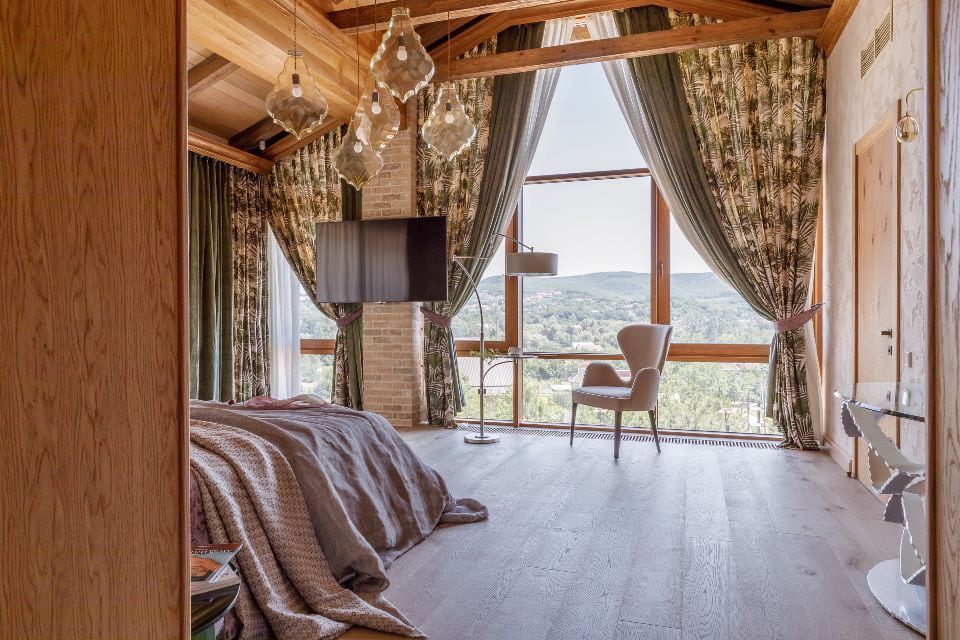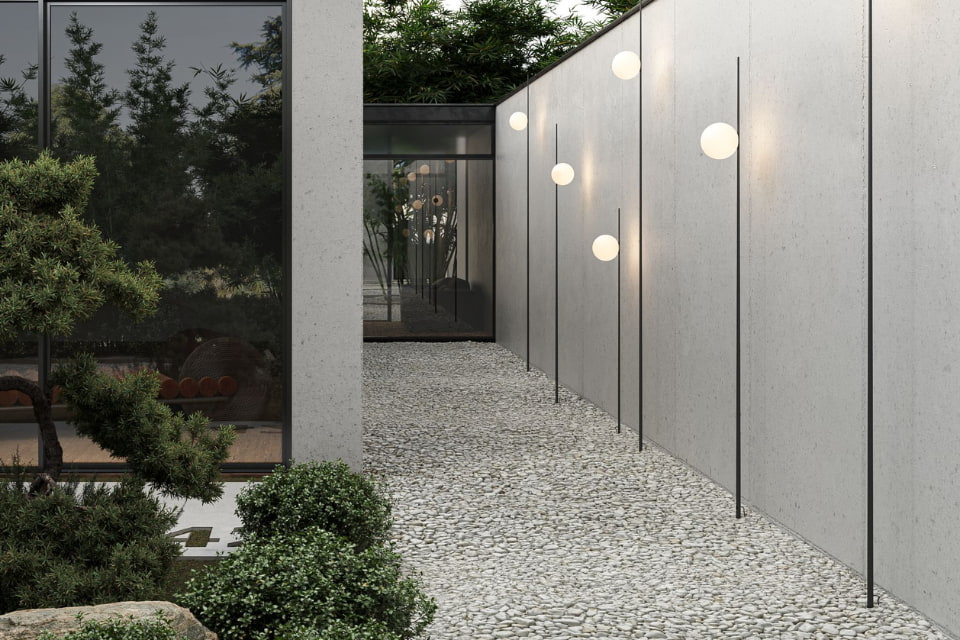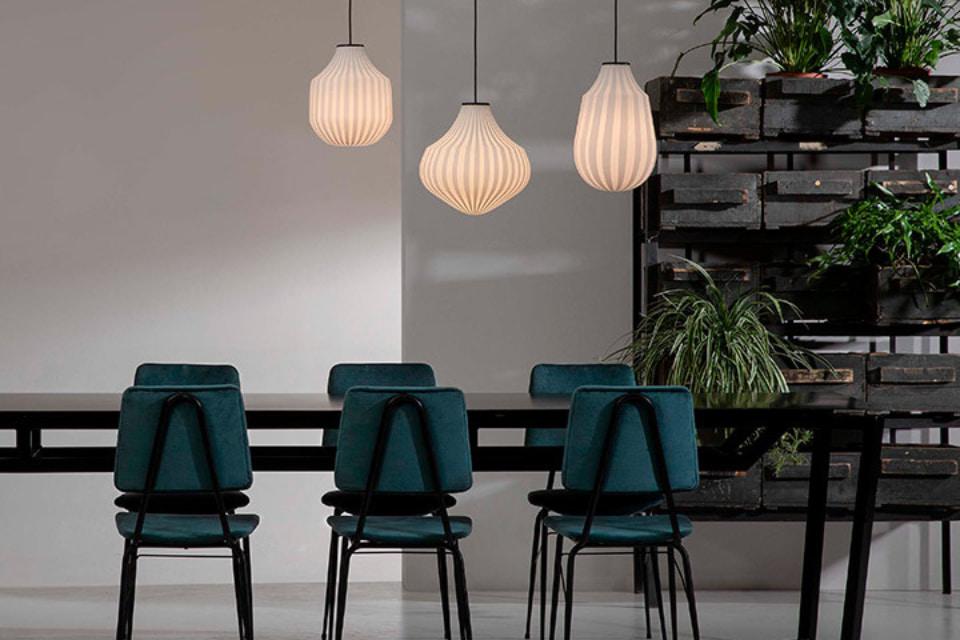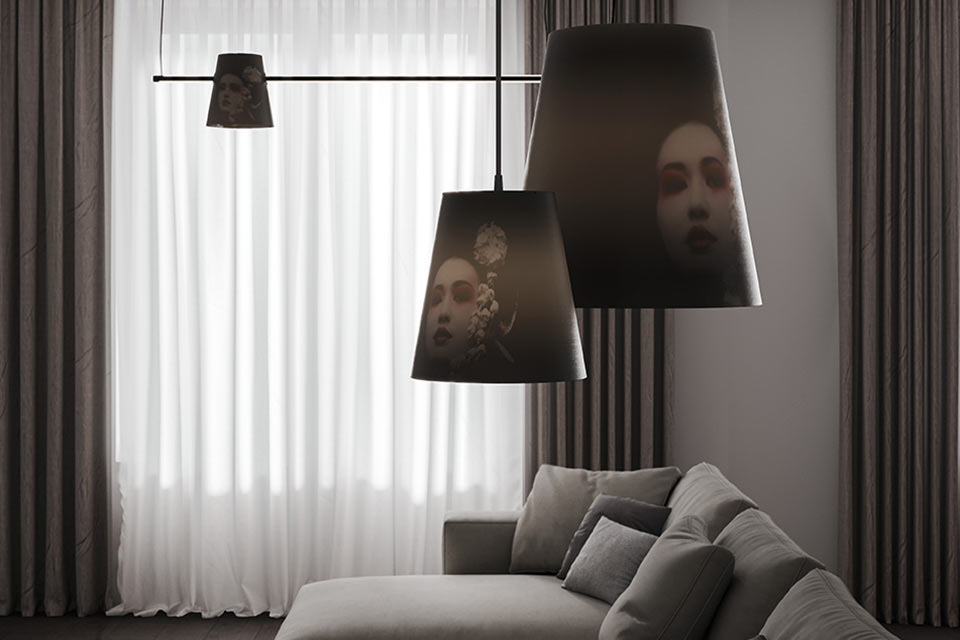For every successful interior design creation capable of leaving the observer speechless, there is always careful and scrupulous design work at the base, which builds, step by step, the final result.
In order for this project to be perfect in all its parts, fully satisfying the client's requests and responding, at the same time, to all the design and functionality requirements, the interior designer must know well the most important stages, from conception to implementation.
In fact, a good project is already outlined from its conception, when you explain to the client how you intend to proceed to produce their wishes, in order to establish a mutual understanding that will lead smoothly through the following stages.
In this article, we will analyze the 4 formats to present an interior design project to your client and the steps to follow to produce them correctly.
In particular, we will take a look at:
- How to produce a perfect interior design project: 7 stages
- How to present an interior design project to your client
- 4 useful formats to present your interior design project
- How to present an interior design project: useful tips

24 Karati
How to produce a perfect interior design project: 7 stages
For an interior design project to go off without a hitch, which, during construction, could be difficult or would make it at least difficult to respect the agreed delivery times, it is necessary to follow these 7 steps:
- Briefing. This is the phase in which the professional relates to the client and loyalty begins.
This moment is aimed at both finding as much information as possible about the wishes and expectations of the client and to make the latter rely on the interior designer to realize their idea - Inspection. It has the purpose of photographing and evaluating the spaces available, taking note of all the systems, from the electrical system to the bathroom fixtures.
In addition, this phase is essential for evaluating the orientation of sunlight, so you can distribute the spaces more functionally.
Indeed, we must not forget that lighting plays a fundamental role in the design of an environment, and making mistakes from this point of view would compromise the success of the entire project - Initial drafts. Developed on the basis of the ideas obtained from the first two phases, they represent a "moodboard", i.e. the direction you want to give to the project
- The definition of the project. Following the approval of the drafts by the client, the project will be defined. This is the phase in which the quality and its feasibility of the project emerge
- The choice of materials. At this stage, the interior designer will rely on their own trusted suppliers for support and adequate quality standards.
The professional must be absolutely certain of the quality offered by the suppliers and, if they don't have a trusted company, it's a good idea to seek advice from someone who has already successfully carried out a similar project.
In fact, even if the cost is higher, it is better to focus on high-quality materials rather than saving money and compromising the final result - The scheduling of the job. This is the moment when all the deadlines of the various stages of the realization are precisely defined, from the delivery of the materials to the installation of the systems and the laying of the floors.
All the various phases of the operation must be defined before starting the actual job - The realization. This is the stage where the project comes to life and, during which, if all the previous steps have been performed correctly, the designer can feel relatively confident.
However, given that the unexpected is always around the corner, it is good that the professional is always present during the execution of the job, to make sure everything goes according to plan and to intervene promptly in case any problem arises.
These are, in summary, the phases useful for presenting and implementing an interior design project in a prudent manner and without leaving anything to chance, so you can gain the client's full trust and be able to have a precise guideline to follow for each design phase.
How to present an interior design project to your client
On the path that leads to the realization of an interior design project there is a crucial step to deal with, namely that of the presentation to the client.
A question that designers often ask themselves concerns how to present the interior design project in the best way to its client in order to be 100% convincing and credible.
To answer this question, you can resort to 3 basic tools. Let's take a look at them in detail.
Concept Board
The Concept Board is a collage where the designer uses images or swatches of fabric and other materials, intended to "tease" the client's emotions.
The professional will decide on the images or samples to create your Concept Board, depending on the nature of your project.
To save time, it is possible to create a digital concept board, through the use of special presentation programs available online.
Sketches
Sketches are used to create project drafts quickly and conveniently.
Defined as a "manual design”, it is simply about drawing the base lines of the initial idea on paper and making a few photocopies to try to draw various materials and color solutions.
The advantage of this technique is that it is based on the exclusive use of one's own hands, and the manual movement that transforms the idea into drawing is a creative technique that no software can ever replace.
This will give that extra touch to the project as a direct expression of the interior designer's creativity.
Subsequently, it will be possible to move on to defining the details and to the transposition of the drawings on the various platforms for the 2D or 3D format.
Modeling Visualization
As just mentioned, the project can be transported or idealized directly with the appropriate software, which offers increasingly precise and realistic results from the point of view of modeling and visualization.
In this way, the client will have a clear and precise idea of what the final result will be and will have the opportunity to suggest any changes in time.
In summary, to give some examples, it is possible to present an interior design project through a Concept Board and a Modeling Visualization or with a Sketch and a Modeling Visualization.
Furthermore, nobody forbids being able to present your presentation using all three methods.
However, our advice is to use each mode of presentation wisely.
Depending on the area of the project you are presenting, it is good to evaluate where the use of Concept Boards or simple sketches may be sufficient and where, instead, it will be necessary to resort to Modeling Visualization.
In the specific case of a lighting project, for example, it is essential to resort to the best lighting design software to express and make the client understand all the potential of light.

Atmosphere
4 useful formats to present your interior design project
In the previous paragraph, we saw some useful tools for presenting an interior design project.
Now let's look at the most suitable formats for the final stage of the presentation, that is, the ones the client will receive and through which he will evaluate the result of the professional's work.
The choice of formats to present an interior design project is not an element to be underestimated, because an incorrect format will give the client a distorted view of the entire project and could affect your decision to continue with the realization or not.
So let's look at which formats are suitable for the various stages of the presentation of the interior design project, clarifying the most common doubts.
1. Format 2D/3D
Projects are usually presented in A3 format, without taking into consideration that, in this way, a fundamental aspect is lost, i.e., the truthful representation of spaces, as they are missing elements such as depth and height to clarify the idea of the project.
Therefore, a 2D presentation gives the project the truthfulness that the A3 lacks, i.e. the relief, in order to really show the spaces having the measures agreed on with the client.
For the same purpose, but in an even more realistic way, 3D allows you to see the actual state of the environments in detail.
The 3D format shows, in fact, the detailed implementation of the various measures in the space, so you can make changes if they are not functional to the desired result (which is not possible to achieve with a simple A3 format).
The layout must be well curated from an architectural point of view, and it would be appropriate to use a separate page in the presentation to show the placement of lighting sources, as even a simple cabinet could remove light from the environment.
In this way, it will be possible to understand if you need to insert new light points in the post-operam phase to obtain the perfect integration between natural and artificial light.
If the house or any other property covered in the project is undergoing renovation, a more detailed presentation will be required.
In these cases, a tool like the Concept Board, for example, will be invaluable to show all the materials, wall colors, and room details.
This is especially true as regards the arrangement of the windows, because they could be adapted and standardized to the style that you want to offer to the client.

Circus
2. Files in PDF format
The PDF format will be useful to create a report in which the ideational path is described, done with the indications expressed by the client, and which lead to the birth of the project in question.
An always valid recommendation is to attach a floor plan or some sketches of your ideas to the PDF file, to share with the client the reasons for the stylistic choices of the interior designer.
3. Video format
Through the use of increasingly advanced technology in this sector, it is possible to find programs to create animated videos which allow the designer and the client to have an overview of the project from different angles.
For this purpose, you can use programs such as iMovie on IOS or Movie Maker on Windows and export the presentation to smartphones and tablets in MP4 format so you can view it on any device.
4. CAD formats
When it comes to design, one cannot fail to mention the colossus of assisted drawing, or CAD.
There are many formats of CAD extensions, but, here, we will only mention those that we believe are most useful for presenting an interior design project.
- DWG files, that is, the database that has 2D/3D plans, maps, photos, and geometric data created with both AutoCAD and other design software
- With regard to images in standard 3D, there is the OBJ format, which can be exported and opened by various 3D image editing programs. This format contains a three-dimensional object that includes 3D coordinates, texture maps, polygon faces, and other object information
- For vector graphics files, we have the SVG format.
Vector graphics describe the image through a set of geometric figures that define points, lines, curves, and polygons to which colors and even shades can be attributed. The vector image offers the possibility of resizing any graphic element as desired without losing image quality.
In this way, the image can be reproduced on different types of supports, such as printing, video, plotter, mobile phone, tablet, and so on, sticking to the highest quality that each support is able to offer.

Cupido
How to present a interior design project: useful tips
We have seen the fundamental steps to follow to successfully create and present an interior design project, and we have analyzed which software and formats are most suitable for this purpose.
Finally, let's look at some final advice useful for the perfect presentation of the project.
In the cognitive stage, when dealing with the client for the first time, the right choice could be to create illustrative brochures of the work, using leaflets in A4 format, or a leaflet in A3 format that forms a single spread image when it is fully opened.
It is important to remember that the quality of the print is essential both in presenting the portfolio of one's projects (if you decide to use paper format) and in the graphic presentation of the project. For this purpose, printing on photographic paper is optimal.
With regard to the length of the presentation, even if there are no page limits, the project should never be too long or boring.
What must never be missing, however, is a final comparison table, which allows the client to be able to make a visual comparison of the environments between the initial state and the final result of the project's realization.




